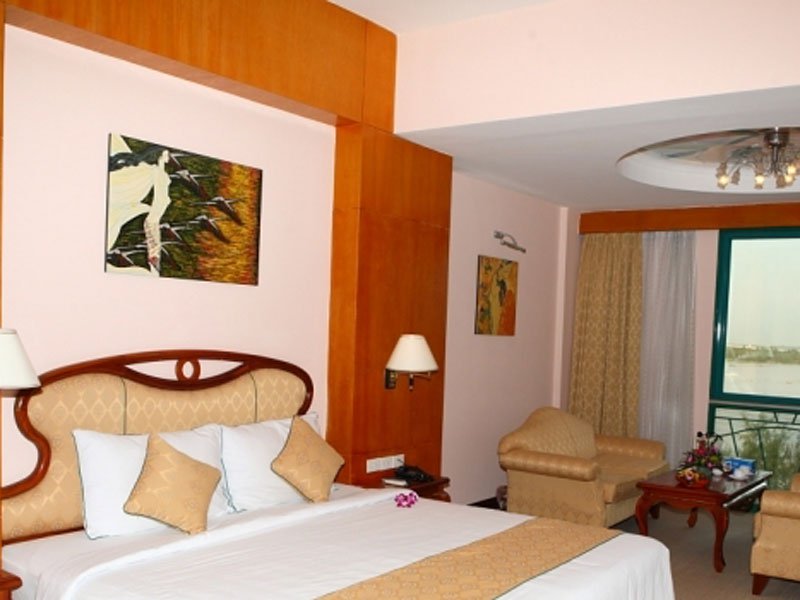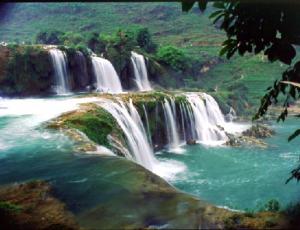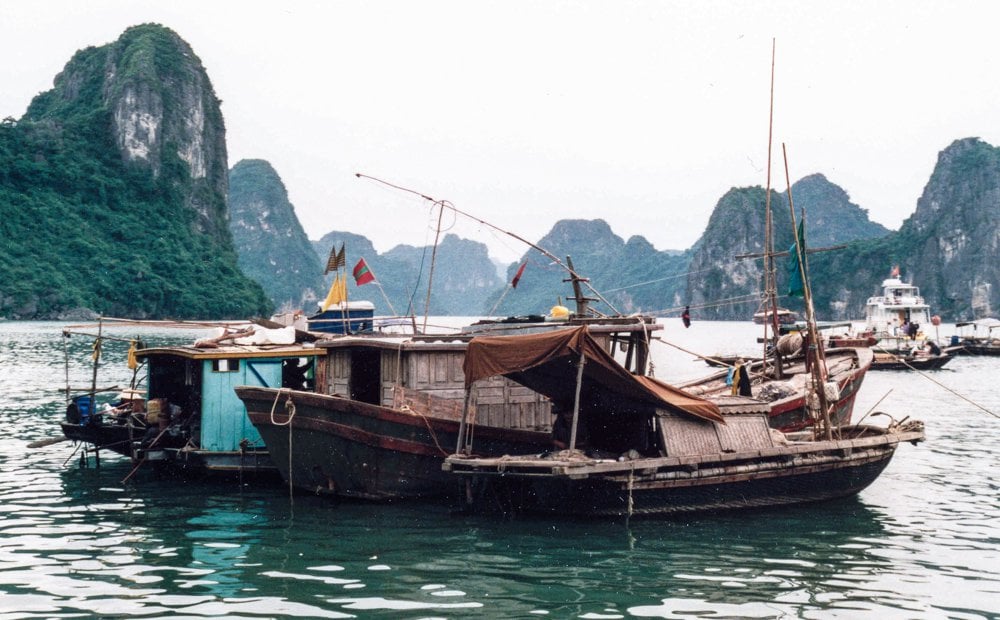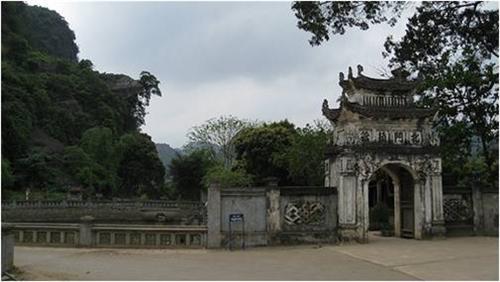

Can Tho
Can Tho is the biggest and most important city of the Mekong Delta. For its citizens the city and its surroundings are an industrial center, where the whole Mekong Delta connects. To travelers it is a cozy and nice place with its small city center at the river.
Originated as a small city at the gathering of Can Tho River and the Mekong arm Song Hau it was made the center of rice export by the French and ever since grew. Many US soldiers were stationed here during the American war and left lots of fatherless biracial children - most of them found a home in the USA.
Since 1966 Can Tho has its own university - famous for its rice research institute. They invent new types of rice for every environment. Rice at the coast needs to be resistant to salt water and floods. In Dong Thap province near Cambodia swimming rice is needed - through the ground is 4-5m deep.
Can Tho showcases several sights. Amongst them, the swimming market of Cai Rang is the most important one - even though it is located 6km southwest of Can Tho. In the morning merchants from all over the region come here to trade and to sell. Getting a part of it is best around dawn. Starting around 5.30am, to witness the sun rise above the river and to avoid the big touristic boats arriving round 7 am, is a good idea. Take care of a boat in advance: You can get it easily at the water front - just ask a boatman or a merchant for a private tour. A tour for several hours shouldn't exceed 15$. We recommend Can Tho Tourist and Transmekong (www.transmekong.com) if you prefer an agency. Most tours take you to the smaller arms of Mekong, too. Here you can witness Vietnamese life. You can also learn about rice farming and its processing.
Other sights are in the city center. The water front on Hai Ba Trung with its old market and a little park invite with lots of delicious restaurants. Built between 1894 and 1896, Ong Pagoda stands here, too. It is dedicated to Chinese general Quan Cong and many of its building material were imported from China. At Munirangsayaram Pagoda (“Place where cognition is perfected”) Theravada Buddhism is practiced. The monastery aside is the spiritual center of the Khmer and is accommodation to some monks. In Can Tho Museum there are exhibits of the Eo Oc culture alongside Chinese and Khmer influences up to the present day. Traveling with children, the water park may suit you well - with its pools and slides among outdoor space.
Transport
Bus
The regular bus station lies 2km northwest of the city center on Nguyen Trai. Here mini buses leave to every important place in the delta. Many hotel receptions and the Can Tho Tourist office sell tickets. Destinations: Chau Doc (2 hrs), HCMC (5 hrs), Long Xuyen (1.5 hrs), My Tho (3 hrs), Rach Gia (3 hrs), Soc Trang (2 hrs) and Vinh Long (1 hr).
Arriving in Can Tho some buses end at a station further out of town (~6km).
Boat
Connections to Ca Mau (fast boat; 150km) and HCMC (3.5 hrs) are available. Takeoff is at Ninh Kieu Pier.
Air
The brand new Can Tho Airport was opened 2011 and now offers flights to Phu Quoc, Hanoi, Ho Chi Minh City and Con Dao. In the future more flights to other destinations will be scheduled.









